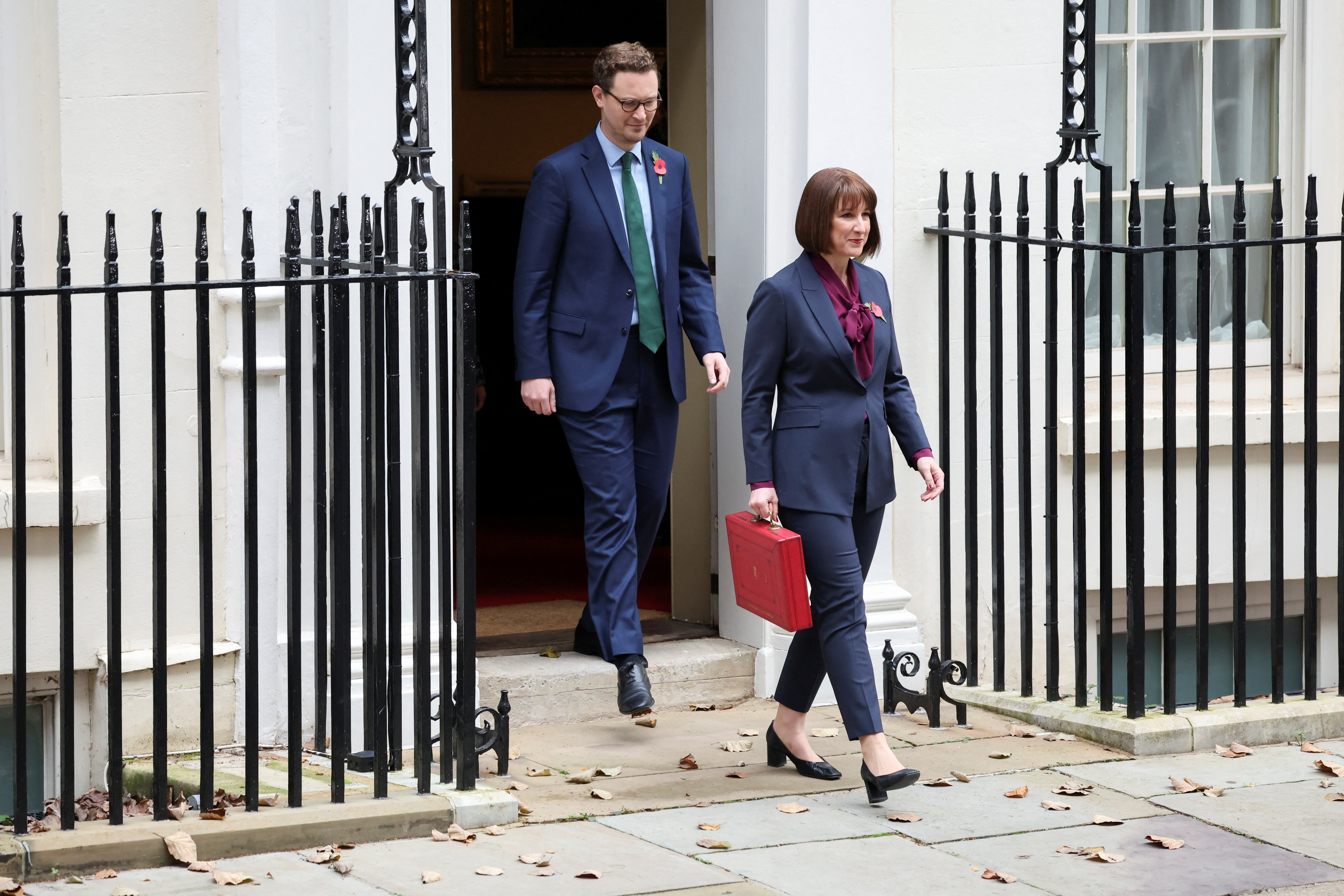
Stamp Duty Shock for Buy-to-Let Investors and Second Home Buyers
Chancellor Rachel Reeves handed down a significant increase in stamp duty during Wednesday’s Budget, significantly impacting buy-to-let investors and second home buyers. These groups already faced a 3% surcharge, but from 30 October, this has risen to a hefty 5%. This change represents a substantial increase in the costs associated with purchasing additional properties, potentially adding thousands to already high expenses.
Who Is Affected by the 5% Surcharge?
The new surcharge is levied on those purchasing second homes in England or Northern Ireland, including holiday homes or investment properties. It will also affect landlords and some property developers engaged in property flipping. Moreover, overseas buyers who own property elsewhere will incur an additional cost, bringing their total up to 7%.
 The landscape of second home purchases is changing dramatically.
The landscape of second home purchases is changing dramatically.
Understanding the Financial Impact
The financial implications of this increase can be staggering. For instance, purchasing a property worth £300,000 with the new surcharge now totalled at £17,500 in stamp duty, a leap from the £11,500 charged before. In comparison, someone buying the same property to live in would pay just £2,500, while first-time buyers would be exempt from stamp duty entirely.
For second homes priced at £500,000, the stamp duty has surged from £27,500 to £37,500. Purchases at the £1 million mark will now see buyers paying £91,250, up from £71,250. This dramatic escalation in costs for landlords and second home buyers raises pressing questions about the affordability of property investments.
What If Contracts Have Already Been Exchanged?
If buyers exchanged contracts before or on 30 October, there’s a silver lining; they will remain entitled to the previous 3% surcharge. This aspect alleviates some concerns for those who were already in the purchase pipeline prior to the announcement.
Future Changes on the Horizon
Looking ahead, potential changes loom once again come April. The basic thresholds for stamp duty previously set in 2022 are due to revert, and this adjustment may significantly affect the financial dynamics for second home purchases completing after 31 March 2025. Therefore, prospective buyers need to stay vigilant and informed about future pricing changes.
Insights from the latest Budget impact property buyers adversely.
Navigating the Mortgage Market
Amidst these changes, the mortgage landscape is also shifting. Those whose fixed-rate deals are ending or are looking to purchase homes should assess their mortgage options promptly. There are multiple avenues available, and leveraging expert advice can be beneficial. Platforms such as L&C offer fee-free brokerage services tailored for this evolving market.
Selecting the right financing option is vital, particularly in this time of heightened costs attributed to the stamp duty increase.
Final Thoughts
As the costs of buying second homes and investment properties soar due to the new stamp duty regulations, it is clear that both landlords and potential buyers must reassess their strategies. The implications of this budget announcement are broad, warranting careful consideration of future investments and financial planning strategies. Remaining informed amid these changes will be crucial for anyone navigating the property market in the coming months.
 Changes to purchasing dynamics are evident in current trends.
Changes to purchasing dynamics are evident in current trends.














